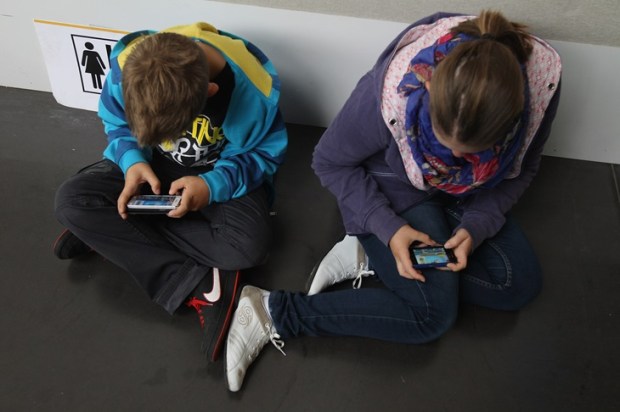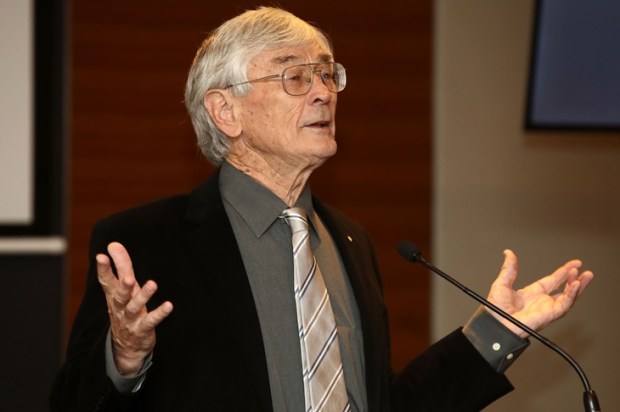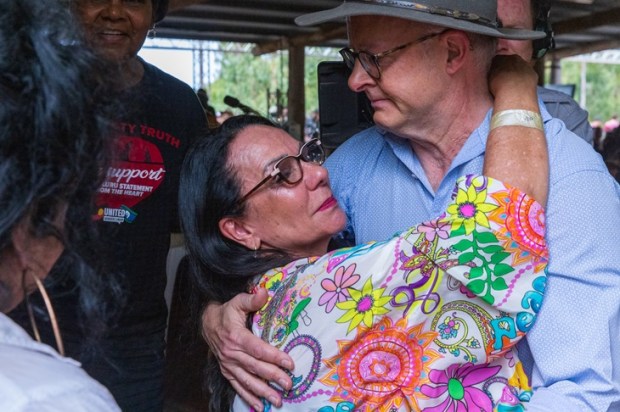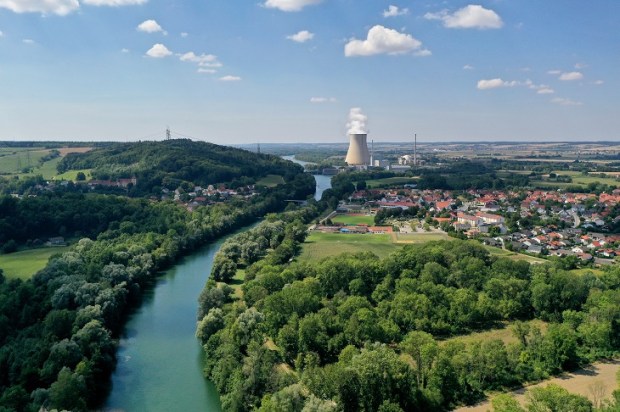I don’t like daylight saving. Never have. I was intolerant of it when I had to endure it from November until the end of February each year, but since 2008, when it became a six-monthly regime, I moved from intolerance to outright dislike. Possibly even hate, though I’ve been told hate is a very strong word.
I hate having to chase that extra hour for six months of every year.
I don’t like dental floss either but it has a purpose. We seem to have lost sight of the purpose of daylight saving.
When it was introduced, on trial, in 1971 in New South Wales, Victoria, South Australia, and the Australian Capital Territory, it came with a powerful publicity campaign.
Much of the ‘Yes’ campaign was based on mocking its opponents, laughing at the idea that cows would fail to milk, curtains would fade, and kids would be grumpy.
A 1976 referendum confirmed that it ought to become permanent. You’ve got to love referenda, right?
(A new book by Anne Henderson, Menzies versus Evatt: The Great Rivalry of Australian Politics, invokes the 1951 referendum proposing the federal government be given powers to dissolve the Communist Party of Australia. An interesting parallel with the present Voice referendum.)
The daylight saving referendum was carried 68.41 per cent to 31.59 per cent. The ‘Yes’ campaign argued that it would bring a reduction in power consumption, a reduction in the road toll, and more time for ‘outdoor’ leisure activities.
In 2008 daylight saving was extended from four to six months. At the time, NSW premier Morris Iemma (who?) said it would be good for families and businesses. Victorian premier Steve Bracks (again, who?) said it would give people extra time to spend outdoors at the end of their working day.
The issue now, 50-odd years later, concerns the validity of the arguments in favour of daylight saving.
Power prices in the past few months in NSW, ACT, and Victoria, at least, have doubled. New dwellings are being built on former market garden land around the southern and northern outskirts of Sydney (where most people in NSW live).
The pace of housing construction around Sydney, and new suburbs being built in the southwestern corridor in Canberra, is mind-boggling for the speed of construction and the diminutive size of the blocks. The new houses are all equipped with reverse-cycle air conditioning.
So where are the power savings?
If we are to believe the United Nations, the world is at boiling point so those leisurely afternoons around the pool or at the beach are going to kill us.
The problem is that most of us don’t live near the beach. We live in the suburbs where there are now fewer trees and where a reduction in building block sizes has caused the elimination of a tree canopy that itself helped to reduce heat.
I suspect also that the argument for more leisure time after work has been killed off since the work-from-home bandwagon rolled on through. Now, you can take yourself from the desk to the outdoor kitchen at any time of day. You don’t need to save daylight for that. And tradies have always upped stumps before 3 o’clock. First sip by 3:15.
The argument that daylight saving would reduce the road toll was always a tricky one. It had its basis in the idea that collision risks were lower in the morning and by providing an extra hour in the evening there would be more light to drive by.
In the United States of America, there is a campaign to introduce daylight saving all year to avoid deer deaths. Apparently there are more than 2 million deer-related vehicle collisions each year, and 36,000 of the deer die.
Collisions peak in autumn with 10 per cent occurring in the two weeks after the change from daylight to standard time, increasing to 16 per cent the following week.
I don’t know of any similar statistics in Australia for wombats and kangaroos, nor how maintaining a 12-month regime of daylight saving would solve the deer collision problem.
Australian road toll data shows there is a 9 per cent increase in fatal crashes in October compared to September, which is possibly a result of fatigue after an hour’s loss of sleep due to clocks adjusting forward. Other factors such as school holidays and a long weekend may also come into play.
Queensland, Western Australia, and the Northern Territory do not work to daylight saving time but two-thirds of Queenslanders, curiously, support its introduction.
A new survey shows national support for it is around 80 per cent with 66 per cent in Queensland. This appears to be in oppositional mode to other research which is, according to Monash University, showing there are long-term cumulative health problems.
Similarly, Vanderbilt University has published a study warning that daylight saving interferes with our circadian rhythms; our internal ‘clock’ that keeps us operating efficiently. If our clock is out of whack for six months there could, Vanderbilt argues, be hidden long-term health problems.
I suggest daylight saving has come to the end of its life. It’s time for state governments to rethink its existence and wind it up.
Got something to add? Join the discussion and comment below.
Get 10 issues for just $10
Subscribe to The Spectator Australia today for the next 10 magazine issues, plus full online access, for just $10.


























Comments
Don't miss out
Join the conversation with other Spectator Australia readers. Subscribe to leave a comment.
SUBSCRIBEAlready a subscriber? Log in